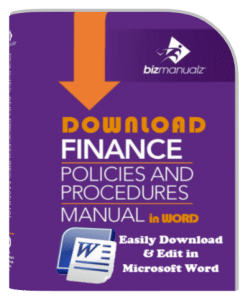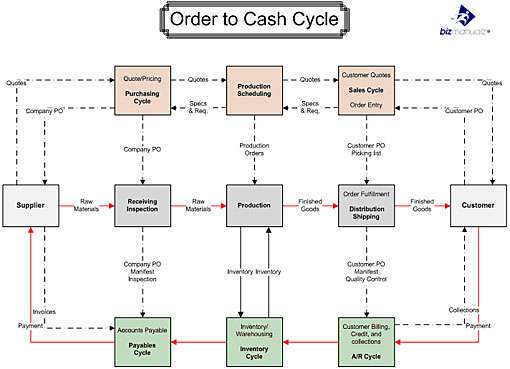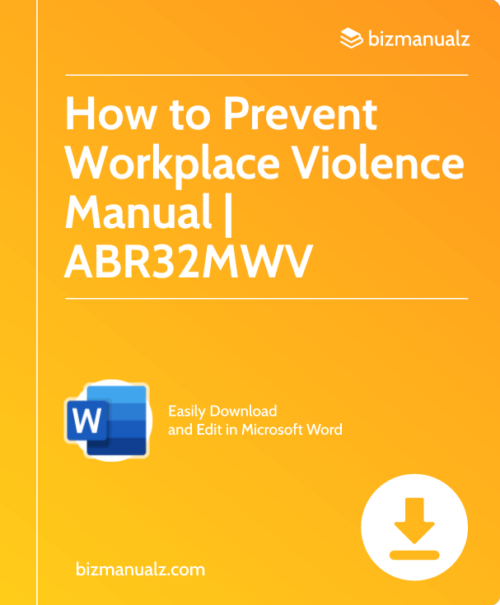How Do Businesses Manage Debt?

Debt has been a vilified aspect of finances for a very long time. Still, it will be naive to think that it is not a necessary part of running a business. When managed wisely, a short-term business loan can help you expand and hire new employees. How do businesses manage debt?
How to Manage Business Debt
Merchant cash advances can buy you new equipment that would allow you to manufacture more products faster. Indeed, credit can open opportunities that would have been out of your reach otherwise. Automating finances should be a part of your management thinking.
However, one shouldn’t also underestimate the fact that the irresponsible handling of debt will not only burden your income but can even put your business at risk. Hence, in this article, we are going to share with you the different ways on how to manage business debt better.
Research Financial Metrics
Start by determining how much cash your company needs. Then, before you take out that short-term business loan, it’s best to calculate your debt coverage ratio first. It is a metric that lenders use to determine how long it will take and how easy it will be for you to repay your debt or not. Most financial institutions prefer a debt coverage ratio of 1.15 and above. This means that your projected income will be more than enough to cover your expenses as well as your loan repayments.
Create an Inventory of Your Current Debt
It’s wise to always keep a record of all of your loans. Sort them by their monthly payment and interest rates. Don’t forget to note the payments you have already done and how much more you still need to do. This will give you a good reference point during repayment, and much more for the next step below.
Devise a Financial Strategy
Devise a financial strategy plan on how you’ll pay your loans. We also strongly recommend talking to your creditors immediately about your current financial situation. Consider negotiating your terms to make your debt more manageable. You’ll be surprised how amicable credit institutions are especially if you haven’t made any missed payments yet.
Keep in mind that renegotiating terms is not just for your own interest but theirs as well. In the end, it’s still better for them for you to be able to repay your loan rather than not getting paid at all. Include your debt repayment strategy in your crisis management plan as well. It’s a comprehensive emergency plan that seeks to detail how your business is going to cope with the onset of unexpected events (such as economic crises, pandemics, and natural disasters).
Fix Your Cash Flow
For a small business, cash is king, which mean, you won’t be able to repay your debts without fixing your cash flow. This includes two main steps: increasing your income, which for many is the source of all cash, and reducing your expenses or the use of all cash.
Sources of Cash Flow
There are different ways to create more cash flow and improve your inflow or sources of cash flow:
-
- Adjust the prices of your products and services. If managed discreetly, you can actually raise your prices without most of your customers actually noticing the change. This will allow you to earn more from each purchase and give you more funds to repay your debt.
- Invest more in affordable marketing strategies. Engaging more in your social media accounts or launching a user-generated campaign can already go a long way in further promoting your products and services and ultimately, in boosting your sales.
- Launch a loyalty and referral program. Create a campaign that will benefit you, your loyal patrons, and newcomers. Loyalty and referral programs do just that. They won’t only encourage your existing customer base to avail of your products and services further, it will also reward them by promoting your offers to their network.
Meanwhile, the referred customer will also get to enjoy special perks as well (such as one-time discounts or free trials). In the process, this campaign will boost your sales and grow your existing market.
Uses of Cash Flow
The next main phase is to reduce your expenses and outflow or uses of cash flow by:
-
- Downsizing your operations. Maybe you don’t really need such a big office? You may even consider relocating to a home office.
- Collaborating with other companies. You can also look for other businesses that are willing to split costs or exchange products and services with you. For instance, you can provide a corner of your office space for free to a tech startup provided that they’ll help you with your tech issues, creating an affordable symbiosis. Good luck!
Manage Your Business Debt
One part of your cash requirements is profit, which is utilized to promote expansion. If you consider spending money as an investment in your organization, knowing your business return on invested capital you’re going to make is crucial to making an informed decision. A short-term company loan, when used appropriately, can help you expand and hire additional personnel. However, reckless debt management might put your income at risk and your business at risk.
















Leave a Reply